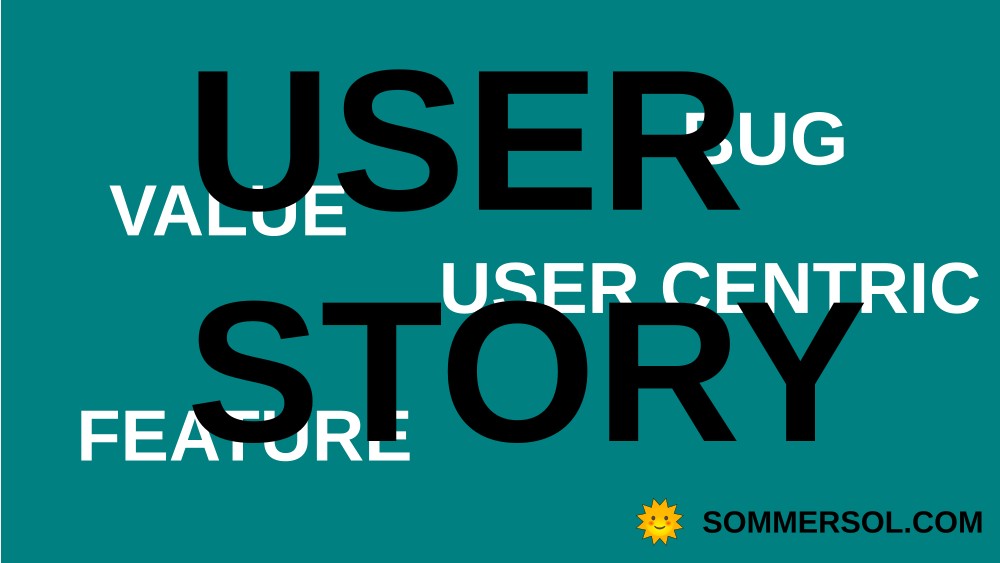
Outcome-Driven Feature Prioritization for Agile Teams | Alfa Sommersol
Learn how focusing on business outcomes instead of features can lead to better decision-making, faster delivery, and more value for your customers.
](/assets/image/Formula1-Toro-Rosso-Scuderia.jpg)
Who, what, where, when, why, and how does agile come to life in the world of Formula 1? As a Formula 1 racer, you'll use agile principles to adapt to rapid changes on the track, employ iterative tactics for victory, and work with your pit stop team in a display of Scrum in action.
Picture: Formula 1 - Toro Rosso Scuderia at Monza, Italy. by F1 photographer Jose M. Moreira
10.07.2023
Alfa Sommersol
Imagine you're a Formula 1 driver. You're strapped in, helmet on, ready to face the intense competition. With every twist and turn of the circuit, you make split-second decisions, adapting to ever-changing conditions. It's thrilling, demanding, and dynamic - much like navigating the world with agile methodologies.
On the racing circuit, you witness the Agile principles in action. Each adjustment you make to your driving style, each strategic decision is an embodiment of the Agile Manifesto's call for welcoming change over following a set plan. This isn't a traditional route to victory - it's agile in the purest sense.
In the fast-paced world of Formula 1, agility is crucial. The ability to respond quickly to unforeseen circumstances, adjust race strategies on the fly, and continuously improve performance aligns perfectly with the agile mindset. Just as agile software development teams prioritize customer collaboration and responding to change, Formula 1 drivers embrace the ever-changing track conditions, make data-driven decisions, and constantly adapt their approach to secure the best possible outcome.
Your race, like your approach to Agile, is not a one-off event, but an iterative journey. Just as race engineers use performance data to continually refine car design, so too Agile teams work in cycles, improving their product based on feedback.
In Formula 1, every race provides valuable insights and data that drive continuous improvement. Just as Agile teams conduct regular retrospectives to reflect on their work and identify areas for enhancement, Formula 1 teams analyze race performance, gather feedback, and make adjustments to optimize their strategy. This iterative process allows both Agile teams and Formula 1 teams to iterate and improve incrementally, fostering a culture of learning and adaptation.
Envision your car zooming into the pit stop. In under three seconds, the crew changes the tires, adjusts the aerodynamics, and tops up the fuel. Here, the team must act as a well-oiled Scrum machine, working in unison to complete tasks rapidly and efficiently. The pit stop is a perfect example of the power of teamwork and collaboration. Just as Scrum teams rely on cross-functional collaboration and clear communication, the pit stop crew demonstrates flawless coordination to maximize efficiency and minimize time off the track. Each team member has a specific role and responsibility, and they work in sync, ensuring that the pit stop is executed flawlessly. The pit stop also showcases the importance of continuous improvement. Formula 1 teams are constantly analyzing their pit stop performance, identifying areas for optimization, and implementing changes to reduce time spent in the pits. This iterative approach mirrors the sprint cycles in Agile, where teams strive for continuous improvement through frequent feedback and adaptation.
Like a Scrum team maintains a Product Backlog and conducts Sprint Planning, your team devises a race strategy, flexible and subject to change. It's all about adapting in real-time, making data-driven decisions on the fly.
Formula 1 races are dynamic events, and strategies must be adjusted based on real-time conditions. Just as Agile teams embrace change and adjust their plans based on customer feedback and market conditions, Formula 1 teams analyze race data, monitor weather conditions, and make split-second decisions to optimize their strategy. They leverage technology, data analysis, and collaboration to ensure they remain competitive throughout the race.
Post-race analysis is an essential part of the feedback loop. Similar to a Sprint Retrospective, the team gathers insights, learns from experience, and plans for future improvement, ensuring that next time, performance is even better.
In Formula 1, after each race, the team conducts a thorough debriefing session where engineers and drivers analyze the race, review data, and identify areas for improvement. This retrospective mindset allows the team to learn from their experiences, make data-driven decisions, and continuously enhance their performance.
The retrospective is not about assigning blame but about identifying opportunities for growth and development. It fosters a culture of transparency, collaboration, and open communication, where everyone's input is valued. By applying the lessons learned from each race, Formula 1 teams can refine their strategies, optimize their processes, and strive for continuous improvement.
Whether you're burning rubber on a Formula 1 circuit or leading an Agile project, the principles remain the same. Embrace change, strive for continuous improvement, and ensure tight-knit team collaboration. By applying these lessons from the race track, you can propel your team towards the finish line, and ultimately, towards success.

Learn how focusing on business outcomes instead of features can lead to better decision-making, faster delivery, and more value for your customers.

Learn how to write user stories and prioritize them effectively in agile development, including templates for feature requests and bug reports.

This guide provides valuable insights and tips for anyone interested in understanding the role of a Scrum Master.